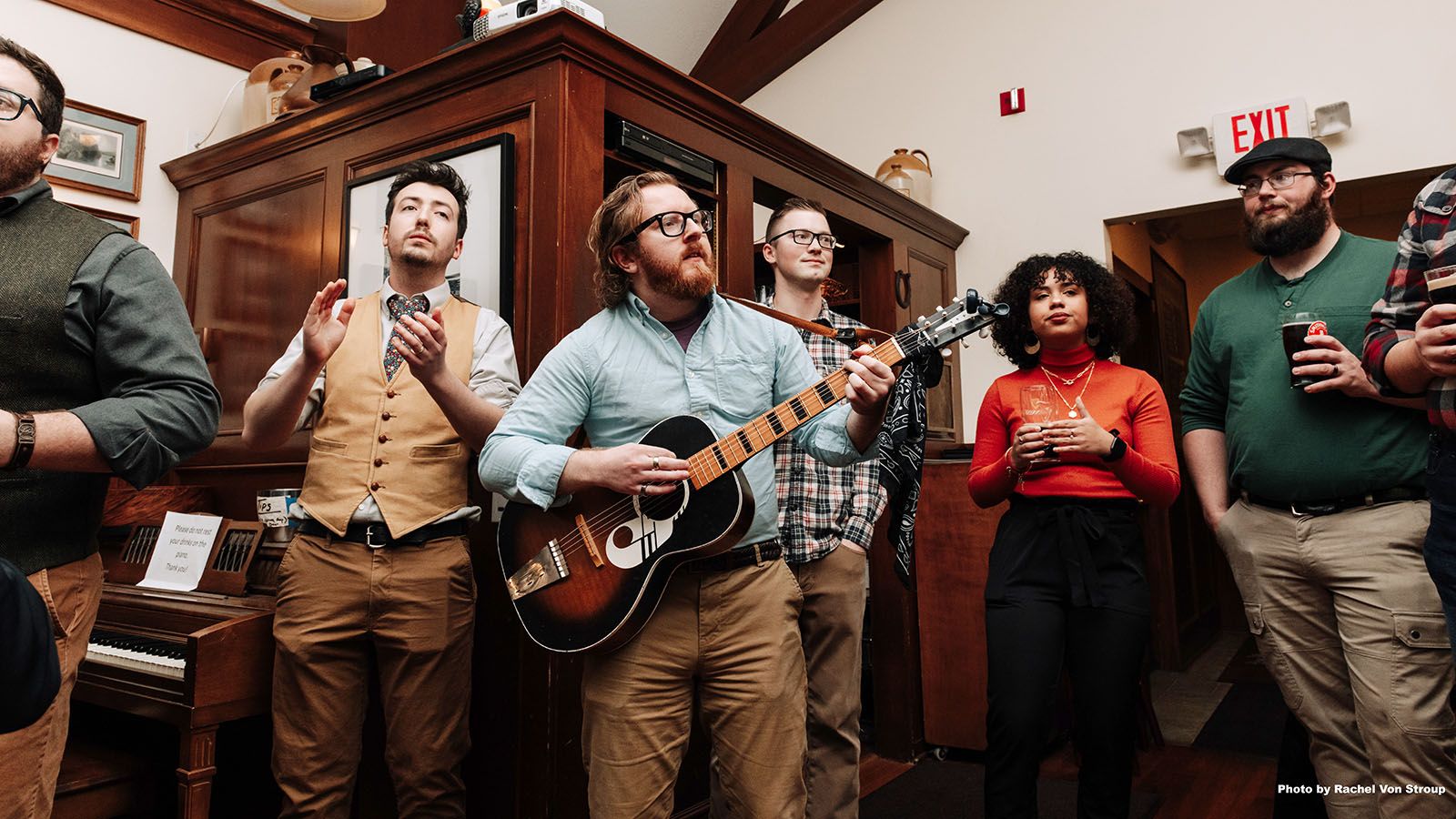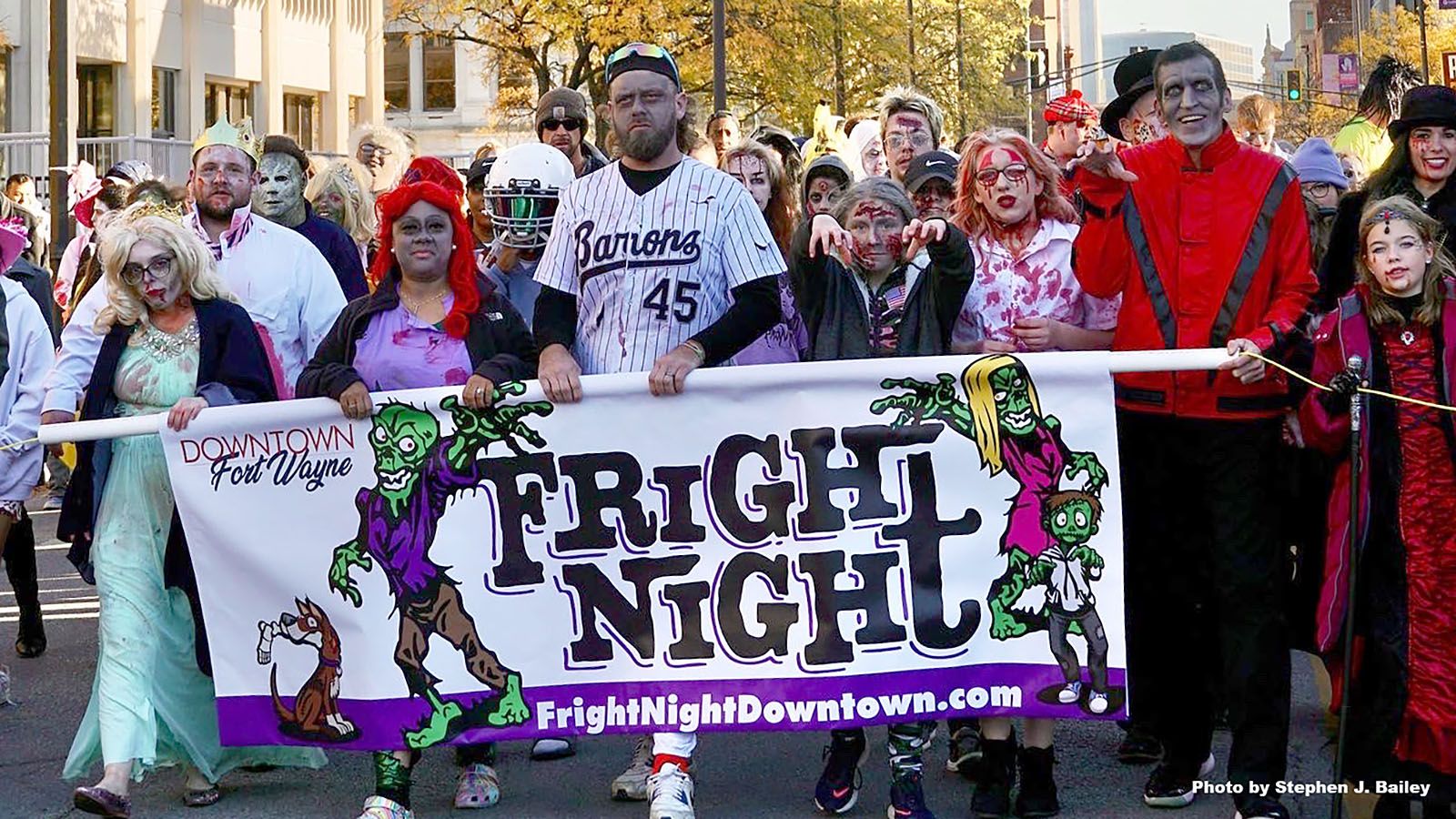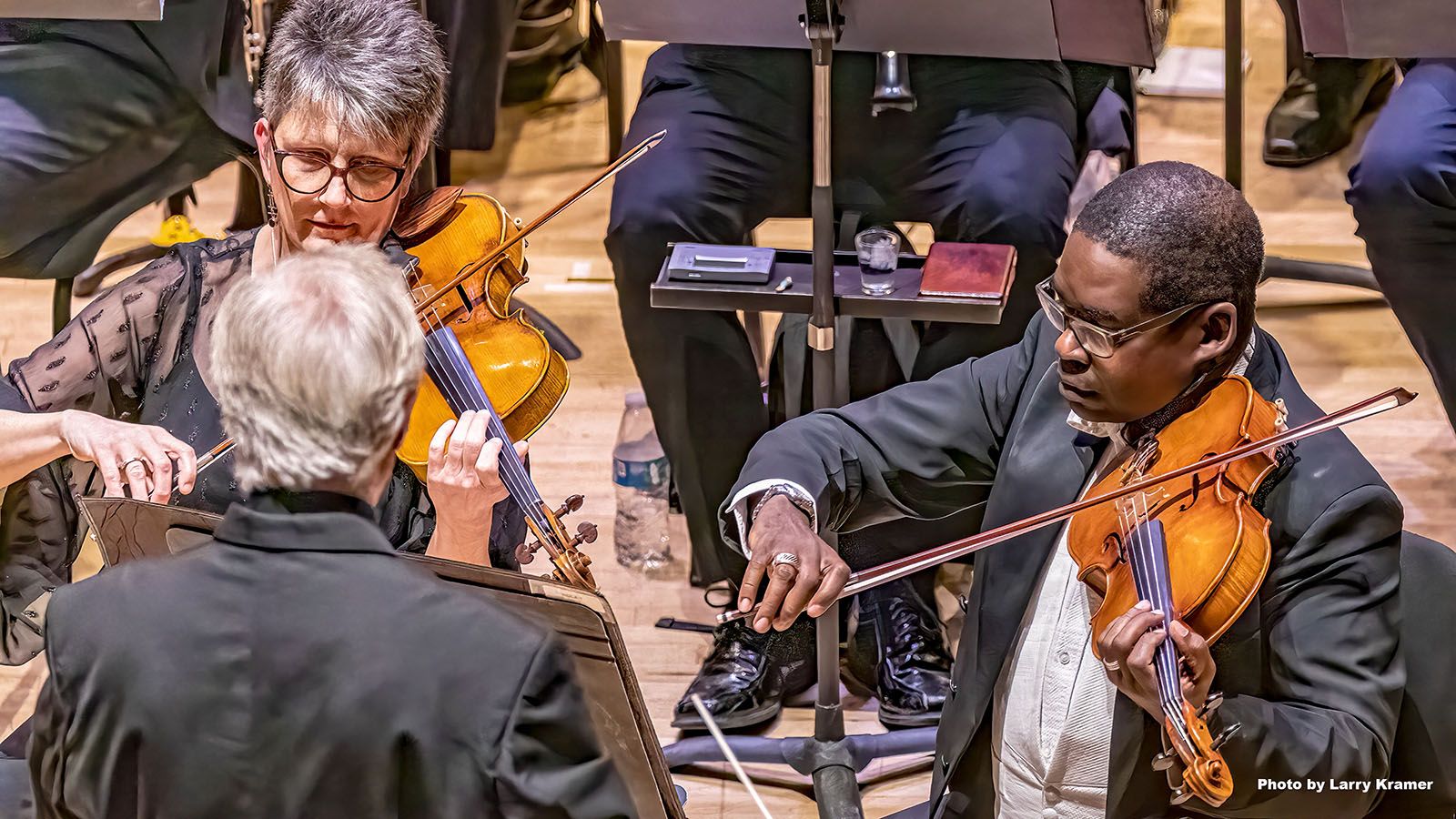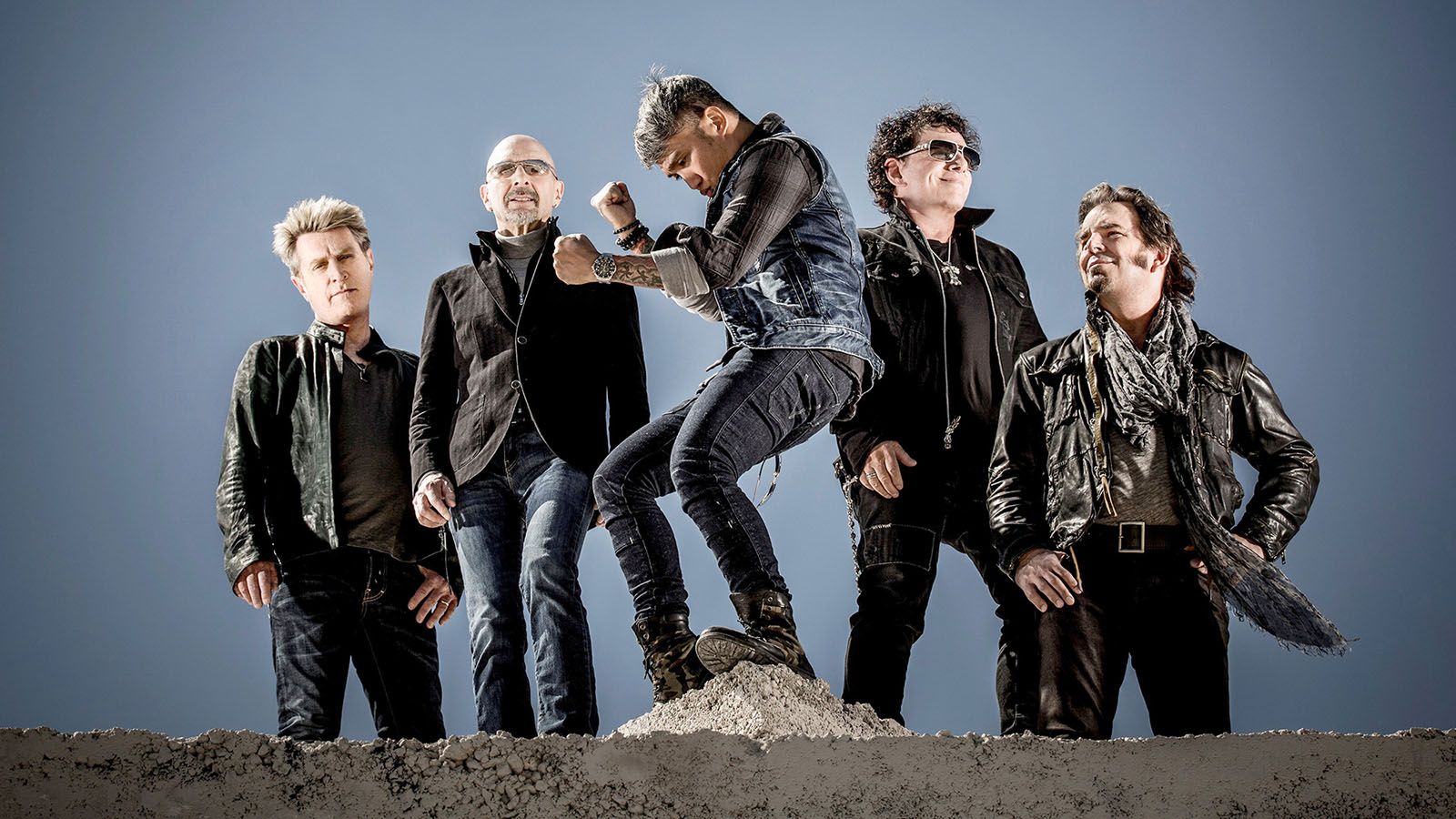The Ragtag Bunch might be one of the most perfectly named bands I’ve come across.
Scheduling a meeting with founder Stephen Stachofsky and the crew ahead of a rehearsal at his home, I arrived early and saw a scattering of members stroll in. Some with instruments, some with drinks, and some with wares from the Johnny Appleseed Festival.
Sitting around a fire, the group of about 10 took a moment to chat with me, lighting up cigars and pipes, and cracking open some cold ones.
The Ragtag Bunch
w/The Dead Pickers Society
7:30 p.m. Friday, Oct. 6
JK O’Donnell’s Patio
121 W. Wayne St., Fort Wayne
$15 · (260) 420-5563
“The good thing about Ragtag is, at any point, there could be between 16 and 18 members,” Stachofsky said, the fire just beginning to catch. “Not everyone has to show up every time. It’s kind of come as you want to come and let’s have fun doing what we do. And what we do is drink, sing songs, smoke cigars or pipes, and just hang out. Our practices are real laid back. We do try to get some music done.”
You can hear the music on the last Thursday of every month at JK O’Donnell’s, as well as other venues in the area. They also have a live album they recorded in The Tiger Room, at what was then Welch’s Ale House. And soon, you’ll get to hear a collection of their sea shanties, traditional Irish songs, and more when they release their debut studio album, Bog Dwellers and Heavy Drinkers, on Oct. 6.
The group will celebrate the release with a show on JK O’Donnell’s new patio along the alleyway on Friday, Oct. 6, at 7:30 p.m. with The Dead Pickers Society. The show will be $15 with limited tickets being sold on Eventbrite.
From school project to band
Before The Ragtag Bunch bolstered a lineup of Stachofsky, Mark Stachofsky (his father), Oscar Matter, Casey Stombaugh, Braxton Matthews, Sarah Case, Andrew Casey, Lucas Norton, Jeremy Stroup, Greg O’Keefe, Caleb Linnemeier, John Casey, Zack Etter, David Seanor, Emma Walker, Mia Wall, Joel Steinbacher, and Peter Steinbacher, it was just Stachofsky working on school projects.
“I studied music at the University of Toledo, then PFW,” said Stachofsky, the group’s artistic director. “Over the course of that, I took an arranging course where I had to sit down and figure out how to write my own music or arrange songs that already existed.
“So, I had these arrangements that I had done, but had never heard them outside of a computer. So, it started off as me wanting people to come over, look at the music, and I wanted to hear it. We had so much fun doing that, that we kept doing it. Eventually, someone had the great idea of, ‘Hey, what if we put these out in front of people?’ ”
Since 2019, that’s what they’ve been doing.
What began as the Stachofskys, Matthews, Matter, Linnemeier, Stombaugh, Norton, and John Casey looking to share their love of Irish/Celtic folk music spawned into a mission of forming a community on the pub scene.
“One of the goals of Ragtag is to sort of revitalize the pub community, especially after all the shutdowns that were happening in 2020,” Stachofsky said. “People don’t go to a bar and talk to each other. They go to a sports bar and watch what’s on the screen, which is all well and good. Or they go to the bar, and they sit there on their phones. Or people just go there and talk between the two of them. There’s not a lot of community.
“Our goal is to build up the community — between the breweries, between the bars — and get people interacting with each other. Either get them singing with us, get them talking to the person next to them, or just get them to put their phones away and interact. ‘Pub’ is short for ‘public house,’ and that’s what we really believe it to be. That’s what we strive to make it every time we show up.”
Joining the fun
Those rowdy shows quickly gained a following, leading to the group ballooning.
“It’s been word of mouth, or other people have said, ‘Hey, so-and-so would like to join,’ or, ‘Hey, they’re a good singer. Do you think we can bring them on?’ It’s people at shows saying, ‘Dude, I really, really like it. How can I join?’ For the most part, I’ve capped membership because I can’t … if all of us were here right now, my backyard would be very full.”
And when a new member shows up (which I’m sure some thought I was), they are quickly accepted.
“It’s cool knowing that when a new member shows up that you might not know they’re at least really close to another person (in the group),” Linnemeier said. “We’re all friends of friends, then becoming that closer knit group.”
When someone new does come along, it is more about their personality than their singing prowess. After all, not everyone is classically trained, which coincides with their dynamic: belt out tunes and get pub patrons joining in.
“That’s what shanties are — they are never sung by professional singers,” Andrew Casey said. “They’re sung by working crews of men that are not trained.”
“The tunes are simple,” Stombaugh added. “They’re stuff people can just pick up and run with. That’s a lot of what we do. A lot of these songs we’ll pick up, we’ll sing together maybe two or three rehearsals, then it’s like, ‘OK, we’ll take this to the pub.’ They don’t need to be polished because we want people to sing with us.”
Along with pubs, you may have also seen the group playing it straight for national anthems, which they have done for the TinCaps and will also do for the Komets during their home opener on Oct. 21 and their New Year’s Eve game on Dec. 31.
However, their bread and butter is pubs, where they can share the songs they love.
“They’re part of a tradition that I don’t want to see go away — a folk tradition that I think we have an affinity for and a love for,” Stachofsky said. “But they’re also really easy to get a crowd to sing. Especially here in the Midwest, it’s not hard to get people to go, ‘Oh, I get this.’ ”
Taking a live show to the studio
It’s undeniable that The Ragtag Bunch feed off crowd energy, but how can they duplicate that in the studio? Well, thanks to Norton having his own home studio, they were able to re-create the pub scene as best they could.
“We have a lot of energy together because we’re all friends and like to joke around, but that was a very focused project,” Stachofsky said. “We did all the recordings over the course of about a month and a half.”
With so many members, they could not fit in the basement studio space at Norton’s home. Instead, while Norton recorded in the basement, they were upstairs singing and trying not to make the floorboards squeak.
“He’s sitting down there yelling at us, and we’re upstairs in a circle,” Linnemeier said.
“We did what we do, which is sing as a group,” Stachofsky added. “So, what Lucas did was set up his dining room area, which is directly above his studio in the basement, with about 25 mics in the room and under the floorboards.”
Following the weekly recording sessions, Norton and Stachofsky got to work forming the album, cutting 30 songs to 11.
“Everything from ‘Rattlin’ Bog,’ which is a big audience participation song, through to ‘Wild Mountain Thyme,’ which is a slow ballad, which we don’t get to do a lot at the bars,” Stachofsky said. “There’s some traditional Irish, there’s some shanty, there’s some sing-along tracks. It’s a good representation of kind of what we do every time we’re out.”
 Submit Your Event
Submit Your Event




